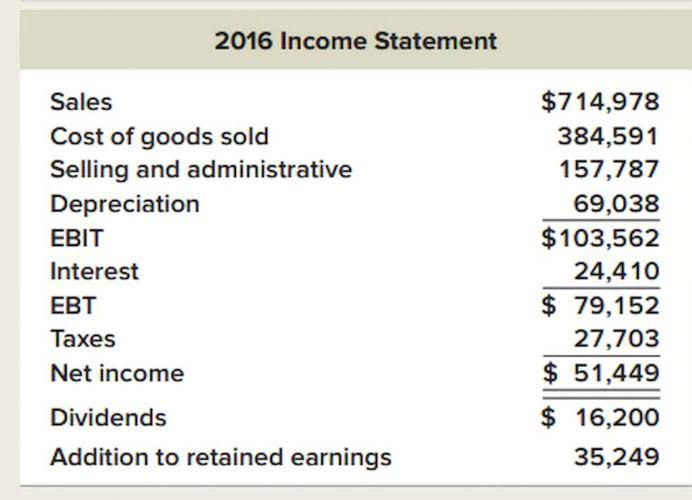Startup Financial Projections: How to + Free Templates
I recorded an entire course on this, but I have listed some tools and some slides below to show you my typical research process. Access 20,000+ Startup Experts, 650+ masterclass videos, 1,000+ in-depth guides, and all the software tools you need to launch and grow quickly. What’s nice about how we approach this is it’s very modular. If you get a little hung up on one section of the lesson don’t sweat it — you don’t have to work through all of this sequentially and you can come back to any part of the lesson over time. For example, a consulting company is working on a big client project but won’t get paid in full until the end of the project. When teams have clarity into the work getting done, there’s no telling how much more they can accomplish in the same amount of time.
UK angel investors: Investment groups to contact for your startup
Regularly updating your P&L forecast allows you to adapt to these changes and stay on track towards profitability. A business plan will, of course, look different for a restaurant, web-based business, technology service provider, or product manufacturer. Before getting started, consider what you want to accomplish with your business plan, and customize it accordingly.
Future plan powerpoint template slide
Use one of these cash-flow forecast templates to predict future cash inflows and outflows, helping you manage liquidity and make informed financial decisions. Use one of these balance sheet templates to summarize your company’s financial position at a given time. Use one of these project budget templates to maintain control over project finances, ensuring costs stay aligned with the allocated budget and improving overall financial management.
- Creating financial projections for startups can be time-consuming and complex, so what makes it a worthwhile use of your resources?
- Understanding your customers is vital not only for developing effective strategies, but also for showing investors that you’ve done the necessary research and understand how to reach potential customers.
- CLV guides resource allocation by showcasing the long-term value of acquiring and retaining customers, steering businesses toward sustainable growth.
- One key reason for startups to develop sound business plans is to convince investors and lenders to finance the endeavor.
- So 10 years ago my experience was with helping small, main street businesses create projections and secure loan funding to start their dream.
- Baremetrics’ Operating Model contains your P&L, cash flow, and balance sheet statements.
Step 4: Share Your Financial Projections
Keep an eye on those numbers, learn from every twist and turn, and always be ready to change the game plan. From Excel templates to specialized software designed specifically for financial modeling. The key is to find something that aligns with your needs and skillset. And hey, don’t shy away from seeking expert help if numbers aren’t your jam.
The sales forecast is used to estimate the company’s turnover. It is generally presented by category of products and services, types of customers, or time slots. She graduated from Florida State University with degrees in writing, business, and communications. When using Forecast+, you’ll be asked to connect to Quickbooks or Xero. That being said, we all know startups have an inherent high level of risk, and as such their projections are likely not to be fully accurate. This is especially true for early stage businesses, and the outer years (years 3 to 5).
- If you haven’t downloaded our template that’s OK — this same walkthrough works for just about any pro forma income statement.
- Fortunately, you’re already taking financial modeling seriously—which is why you’re here.
- You will likely have a customer funnel that will have leads that convert into customers over time.
- This is a critical section for pre-revenue startups, so ensure your projections accurately align with your startup’s financial model and revenue goals.
- Financial projections are estimates of the future financial performance of a company.
- Examples may include a recession, or if there’s disruption somewhere in your supply chain.
For instance, you can compare your assumptions with actual results to ensure accurate projections based on metrics like new customers acquired and acquisition costs, net profit, and gross margin. A cash flow statement is one of the most critical financial statements for startups that summarize your business’s cash in-and-out flows over a given time. If you’re applying for a business loan with a bank or other financial institution, they’ll likely want to see financial projections in your business plan. If you enjoyed reading this article on financial projections for startups, you should check out this one about startup failure. Think of financial projections for startups as your fave online game.
Let’s break down how to build assumptions for each component of your financial forecast. Every road trip has its share of expenses, and Navigating Financial Growth: Leveraging Bookkeeping and Accounting Services for Startups your startup journey is no different. Expense budgets provide an estimate of the costs your startup will incur in its operations.
- The income statement, sometimes called the profit and loss forecast, is basically the story of your startup’s money journey.
- Below, we’ll provide the tactical advice and expert insights you need to build a rock-solid financial foundation for your startup.
- As we have explained in our previous article here, you should ideally use a top down approach when sense checking your revenue projections.
- Indeed, it is based on market size assumptions which aren’t always fully accurate themselves.
As your startup grows and evolves, your balance sheet will change to reflect this. Imagine for a moment that you’re about to embark on a road trip. You’ve got your destination in mind, your bags are packed, and you’re ready to hit the open road. Before setting off, you’d most likely plan out your journey, calculating the distance, the time it’ll take, the amount of gas you’d need, and even your pit-stops for food and rest.
Why Write a Startup Business Plan?
Many entrepreneurs find themselves at a loss when it comes to creating an accurate financial forecast. This is what separates an idea-holder from a true business founder. But if you don’t grasp the ropes of forecasting your finances https://megapolisnews.com/navigating-financial-growth-leveraging-bookkeeping-and-accounting-services-for-startups/ effectively, scaling up might remain just a dream. Whether it’s to cover initial setup costs, scale operations, or navigate through lean periods, you need to raise venture capital (or debt financing) to grow your business.








Commentaires récents